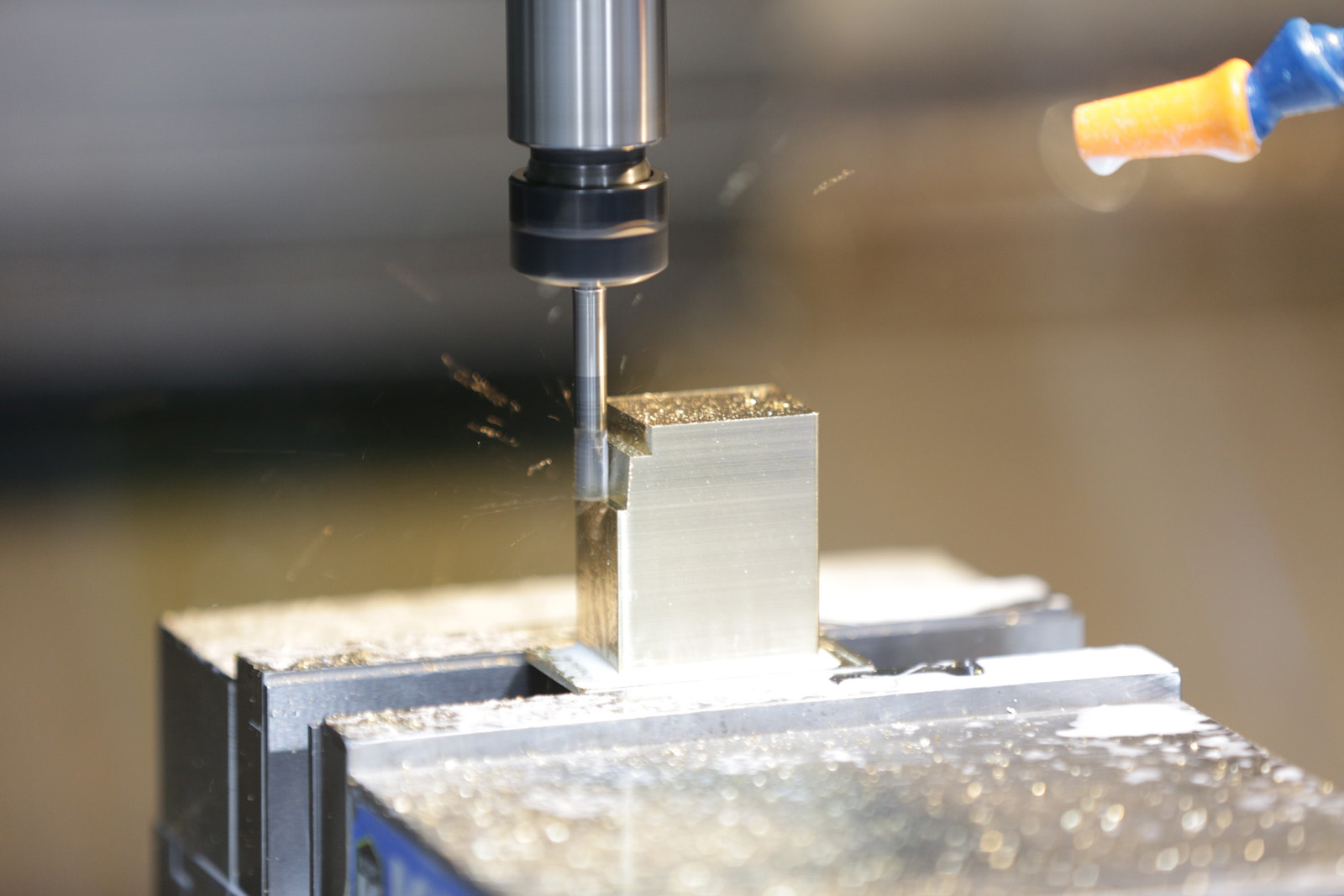
PRODUCTION TOOL UPDATE
The batch jobs can be run when you update the attributes of a feature or template, like domains, or as a postprocess, like validating the topology. Production Mapping supports these forms of validation and allows you to define additional business rules using ArcGIS Data Reviewer Desktop checks stored in a batch job. You can also model the geometric relationships of features through topologies or networks. When designing a geodatabase, certain types of validation are built in, such as the ability to limit the valid attribute values for a field by using a domain.


How you choose to design your geodatabase determines what data needs to be captured and edited, what logical rules exist for validating the data, and the types of output that can be created. The workflow supported by Production Mapping The geodatabaseĬentral to any production workflow is the geodatabase. Through configuration, the tools and processes can be adapted to meet maturing business needs therefore, an API is not included for customization. Production Mapping includes industry-specific, standards-based templates, rules, and tools. Production Mapping is designed to streamline each of these steps while remaining flexible to adapt to your business rules and workflows. These workflows can be generalized into a basic production workflow that consists of steps to create your geodatabase and capture or load an initial set of data, perform edits to the data, ensure the data is valid and accurate, and produce digital or hard-copy output. Each organization has workflows that are unique to the type of data being collected and the type of product being delivered. Production Mapping provides tools for managing your production from beginning to end. We also have a team of experienced engineers on-site that can refine this process still further, using their knowledge and skills to fine tune and perfect tool designs.ArcGIS Production Mapping extension streamlines your GIS data and map production by providing tools that facilitate data creation, maintenance, and validation, as well as tools for producing high-quality cartographic products.
PRODUCTION TOOL SOFTWARE
We then carry out the process using our tooling software systems (including DEFORM), which enables our tool design process, analysis and testing to be carried out efficiently on-screen, rather than in the tool-room. This might either be a one-off charge or an agreement to amortise the cost of tooling across the lifetime of the project. We work with each customer to explain how our tooling costs are calculated and then find the solution that works best for both parties. Our approach to tooling is as effective as it is simple. What does Dawson Shanahan’s tooling process look like? Some, on the other hand, use advanced engineering software tools. Many companies offering a tooling service carry out this process manually, which can be a time intensive process – therefore leading to a higher price for customers. For example: the tolerances required in the finished part, as these will affect the configuration of the tooling mechanical strength and rigidity of the tool, as this is essential to ensure workpiece accuracy, repeatability and quality cutting tool strength, which has to be sufficient to withstand machining forces, especially in high volume production and more. What factors impact on the cost of tooling?Įnsuring high-quality tooling requires a wide range of factors to be considered. In fact, thanks to modern engineering techniques the tooling costs for CNC machining and precision cold forming are relatively low in most cases. However, there is a common misconception that tooling is an expensive and sometimes cost-prohibitive process. The cost of tooling will change from project to project because it depends on so many variables.

So for the best parts, tooling needs to be designed and engineered to the highest quality. The quality of a finished part, its properties, the speed and accuracy with which it can be produced and the repeatability of manufacture in high volume production runs, all depend on the precision and characteristics of the tooling.

There are many different types of tooling, of which the most common are: work holding tools, such as jigs and fixtures cutting tools for milling and grinding machines dies for cold forming, sheet metal, forging and extrusion machines and welding and inspection fixtures. Tooling is the process of designing and engineering the tools that are necessary to manufacture parts or components. In this month’s blog, we address some common questions on tooling, including what it is, why it’s important and what it costs. Tooling process is an essential part of the manufacturing process, but many companies are uncertain of the best method of production and what they should be paying.


 0 kommentar(er)
0 kommentar(er)
